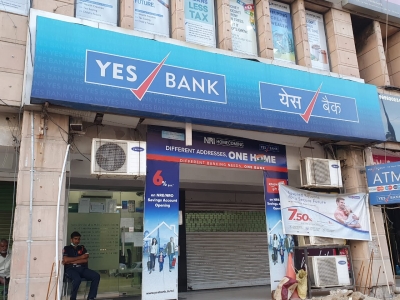Relief measures underscores India's banks' challenges: Fitch
By IANS | Published: July 7, 2021 09:48 PM2021-07-07T21:48:05+5:302021-07-07T22:05:36+5:30
Mumbai, July 7 Indian banks' improved performance for FY21 is in contrast to the stress evident from the ...

Relief measures underscores India's banks' challenges: Fitch
Mumbai, July 7 Indian banks' improved performance for FY21 is in contrast to the stress evident from the extension of Covid-19-related relief measures to borrowers, says Fitch Ratings.
According to the report, private banks' considerably better performance than state banks has positively influenced banking system aggregates in addition to deferred recognition of stressed assets that has masked the stress.
"The Indian banking sector's average impaired loans ratio declined to 7.5 per cent in FYE21 from 8.5 per cent at FYE20, while banks simultaneously extended relief to stressed borrowers affected by the Covid-19 pandemic.
"The government's announcement on 28 June 2021 that it would increase the limit of emergency credit line to $60 billion from $40 million to support micro, small and medium enterprises, underscores the challenges posed by the more virulent second wave of infections in 1QFY22 on the most vulnerable sectors in the economy."
This trend has affected the pace of economic recovery, with Fitch revising down its real GDP growth outlook for FY22 to 10 per cent from 12.8 per cent. "The operating environment remains challenging for the banks with limited opportunities for business and revenue growth."
"Problems could escalate in the event that successive Covid-19 waves and lockdowns prevent a meaningful economic recovery considering that India's full vaccination rate is still quite low."
As per the report, Fitch expects banks to manage the near-term balance sheet pressures on the extended relief - as they did in FY21 - but there are also risks to their capital and earnings buffers from a protracted asset-quality cycle. "We believe state banks are more at risk given their average common equity Tier 1 is around 600 basis points lower than that of private banks, while the latter's average return on assets is four times higher than state banks."
Disclaimer: This post has been auto-published from an agency feed without any modifications to the text and has not been reviewed by an editor
Open in app